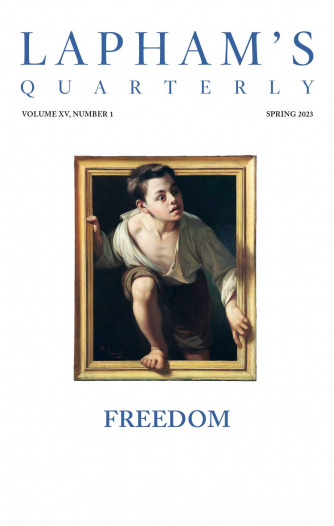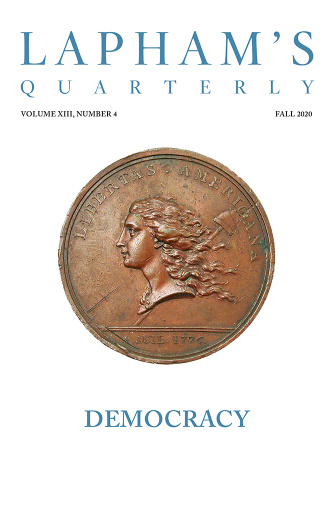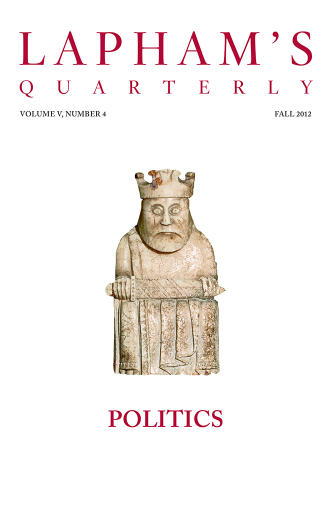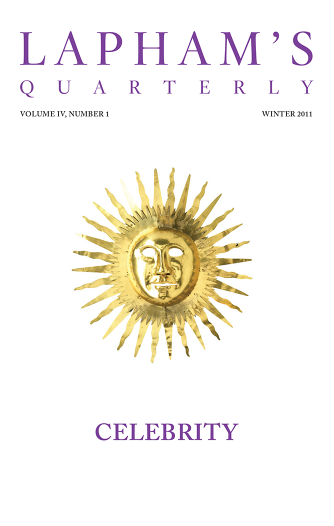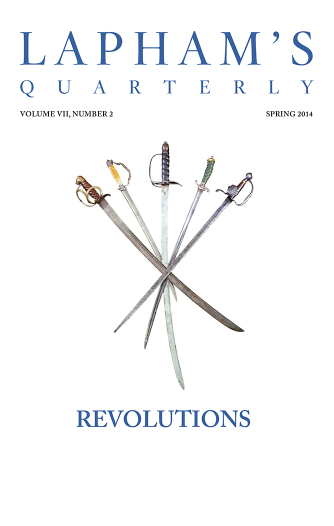
John Adams
(1735 - 1826)
By 1765 John Adams had earned considerable renown as a lawyer, electing to defend both John Hancock, against accusations of smuggling, and Thomas Preston, the British officer in charge during the Boston Massacre. Later he drafted the Massachusetts Constitution in 1780, signed the Treaty of Paris in 1783, served as the first American ambassador to the Court of St. James in 1785, was elected the first vice president in 1789, and became the second U.S. president in 1797. Benjamin Rush wrote of Adams, “Every member of Congress in 1776 acknowledged him to be the first man in the House.”
